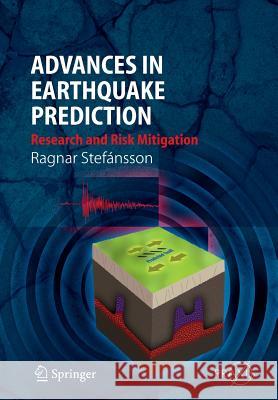Advances in Earthquake Prediction: Research and Risk Mitigation » książka
Advances in Earthquake Prediction: Research and Risk Mitigation
ISBN-13: 9783662501108 / Angielski / Miękka / 2016 / 245 str.
The prediction of earthquakes is becoming more and more important and for almost twenty years the earthquake prone area of South Iceland has been a major research target in the framework of an international project on earthquake risk mitigation.Geodynamically, Iceland is the most active region of the Mid-Atlantic Ridge (MAR), where earthquakes and volcanic eruptions are frequent and the boundary conditions related to plate tectonics are relatively simple. High quality monitoring networks were therefore installed there in the last few years and much data was collected before and after two big earthquakes in 2000. The main objective of the first large scale cooperation on the SIL project in 1988 was to construct an automatic seismic evaluation system to make use of information which is carried almost continuously by microearthquakes from the earthquake zone. Such small earthquakes, down to magnitude zero, provide the most detailed space-time information of active faults, stresses, fracture criticality and stability in the crust. More projects followed, with a broader observational basis, to study the physics of the tectonic processes.Professor Ragnar Stefansson is preeminently qualified to write this book since he initiated and led the build up of geohazard monitoring systems in Iceland, providing hazard analysis, assessements and warnings. From 1966 to 2003 he was head of the Department of Geophysics of the Icelandic Meteorological Office (IMO), he was then head of IMO's Research Unit at the University of Akureyrifrom 2004 until 2005, and since January 2006, he has been Professor at the Universit of Akueryri. Between 1987 and 2005 he lead several mulitdisciplinary European projects in the field of earthquake prediction research."











